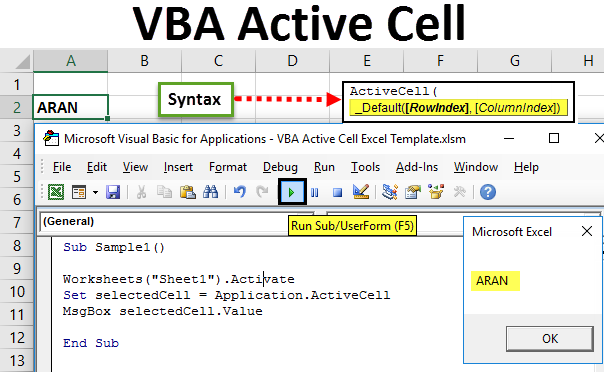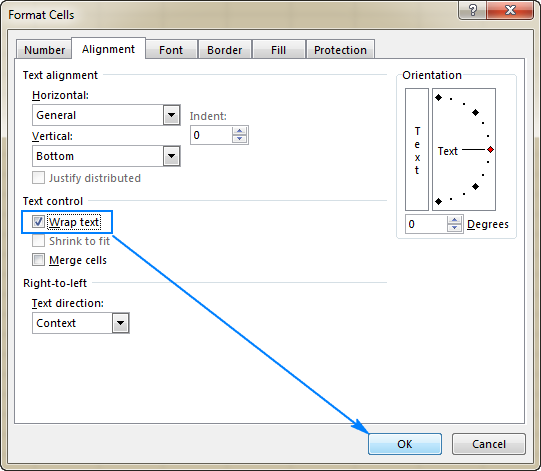

If you have headers in both top row and left column, you can choose both. In this case, we select top row only as the header is in the top row.

#Go back to a1 cell in excel for mac update#
Now, if your company later decides to increase the commission to 3%, you can simply update the Named Range, and all the calculation would automatically update to reflect the new commission. You can just type a couple of alphabets of that named range and Excel will show the matching named ranges (as shown below):īy using Named Ranges in Excel, you can make Excel formulas dynamic.įor example, in the case of sales commission, instead of using the value 2.5%, you can use the Named Range.

No Need to Go Back to the Dataset to Select CellsĪnother significant benefit of using Named Ranges in Excel is that you don’t need to go back and select the cell ranges. You would agree that these formulas are easy to create and easy to understand (especially when you share it with someone else or revisit it yourself. Commission earned by Joe (sales by Joe multiplied by commission percentage):.Sum of all the sales done by Tom: =SUMIF(SalesRep,”Tom”,Sales).Number of sales with value more than 500: = COUNTIF(Sales,”>500″).Instead of using cell references, I have used the Named Ranges. Have a look at ṭhe formulas listed below. When you create Named Ranges in Excel, you can use these names instead of the cell references.įor example, you can use =SUM(SALES) instead of =SUM(C2:C11) for the above data set. Here are the benefits of using named ranges in Excel. Benefits of Creating Named Ranges in Excel For example, if you have the sales commission percentage in a cell, you can name that cell as ‘Commission’. You can also create a name for a single cell. For example, dates can be named ‘Date’, Sales Rep data can be named ‘SalesRep’ and sales data can be named ‘Sales’. You can create a named range in Excel for each data category, and then use that name instead of the cell references. While it’s alright when you only have a couple of data points, but in case you huge complex data sets, using cell references to refer to data could be time-consuming.Įxcel Named Ranges makes it easy to refer to data sets in Excel. Similarly, for Sales Rep and Sales, you will have to use B2:B11 and C2:C11. In this data set, if you have to refer to the range that has the Date, you will have to use A2:A11 in formulas. Now, instead of using the cell reference (such as A1 or A1:A10), you can simply use the name that you assigned to it.įor example, suppose you have a data set as shown below: Similarly, in Excel, you can give a name to a cell or a range of cells. If someone has to call me or refer to me, they will use my name (instead of saying a male is staying in so and so place with so and so height and weight). Useful Named Range Shortcuts (the Power of F3).Getting the Names of All the Named Ranges.Too Many Named Ranges in Excel? Don’t Worry.Naming Convention for Named Ranges in Excel.Method #3: Using Create From Selection Option.No Need to Go Back to the Dataset to Select Cells.Benefits of Creating Named Ranges in Excel.Named Ranges in Excel – An Introduction.


 0 kommentar(er)
0 kommentar(er)
